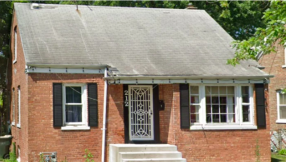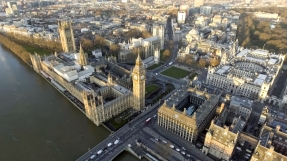
Tesla Chief Executive Elon Musk revealed the latest improvement of its Autopilot system which will be carried through the Tesla Autopilot 8.0 update in a press conference held on Sunday. The said improvement suggests that Tesla Autopilot sensors will now utilize more advanced signal processing using an onboard radar.
Tesla Autopilot 8.0 update is expected to rely primarily on radar to help Tesla cars have a better sense of what is around and when to brake to avoid collisions.
However, Musk cautioned that it "does not mean perfect safety," Los Angeles Times reported. Now that the radar will be solely used as the primary sensor without the camera to confirm the object's visual representation, false positive detection may occur. This means that the radar could detect an object which may not necessarily require the car to brake. An example of this is a reflective tiny metal surface that may amplify the signal sent to the sensor which is bigger than its actual size.
This, in turn, may cause unnecessary braking events which could be annoying and could also lead to injuries. However, Musk revealed that pairing radar sensor with fleet learning would solve that problem, Fortune reported. The vehicle fleet is suggested to list road signs, bridges and other stationary objects according to radar and note when it caused a driver to hit the brake.
The system will then upload radar objects that did not cause the car to brake, whether the Autopilot is on or off to Tesla's geocoded whitelist. However, if the system detects that a certain radar object may cause risk, the car will initiate mild braking which may possibly increase to a full braking event if a possible collision is suspected.
Tesla's Autopilot 8.0 update is slated for release in one to two weeks. The software upgrade is expected to be delivered over-the-air.













